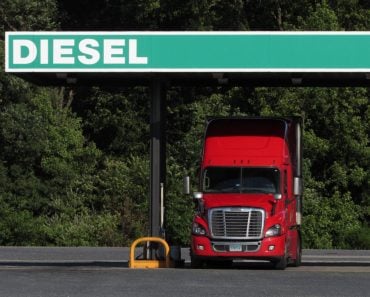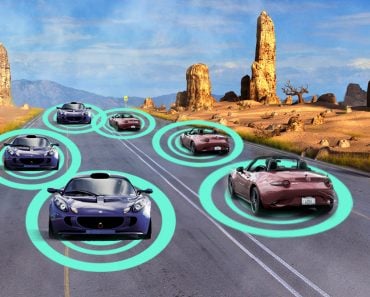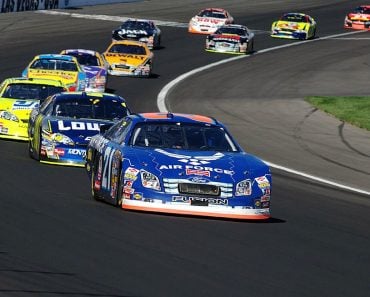Expensive cars have a more robust architecture in comparison to their budget-friendly counterparts, and thus impart a superior driving experience.
“You get what you pay for.” While this might not always be true, most manufacturers aspire to sell you products, which are their perception of value for money. But what really makes a $30,000 car better than a $16,000 car?
Recommended Video for you:
Is The Quality Of Cars Dependent On Their Cost?
A multi-million dollar sports car can be one of the most uncomfortable cars to sit in. Conversely, a luxury car may take forever to reach high speeds. Thus, quality is not only a function of cost, but of the desired purpose of the user.
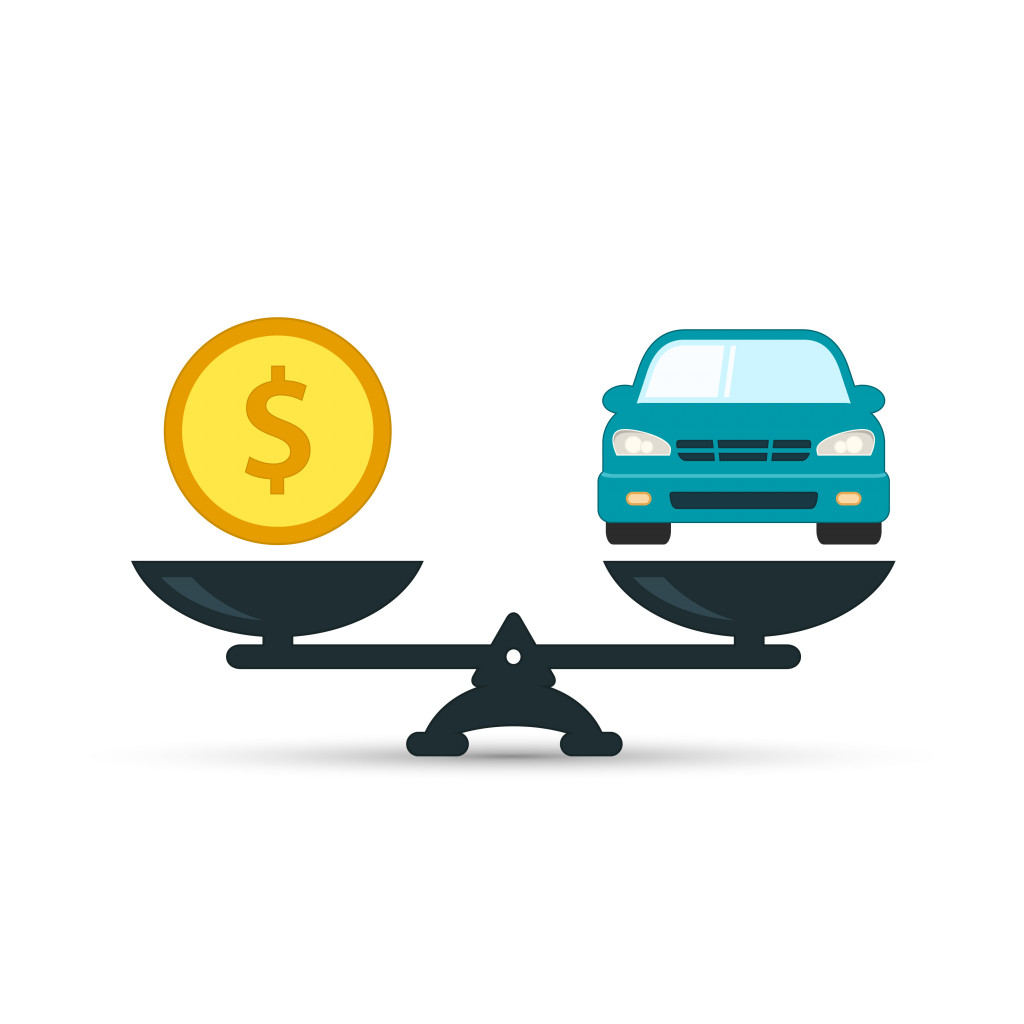
That said, more expensive cars have a much more robust infrastructure than their cheaper counterparts. The premium paid by customers is invested heavily into research and development of better vehicle architecture that can suit various needs.
Differences Between Expensive Versus Cheap Cars
1. Ride Quality
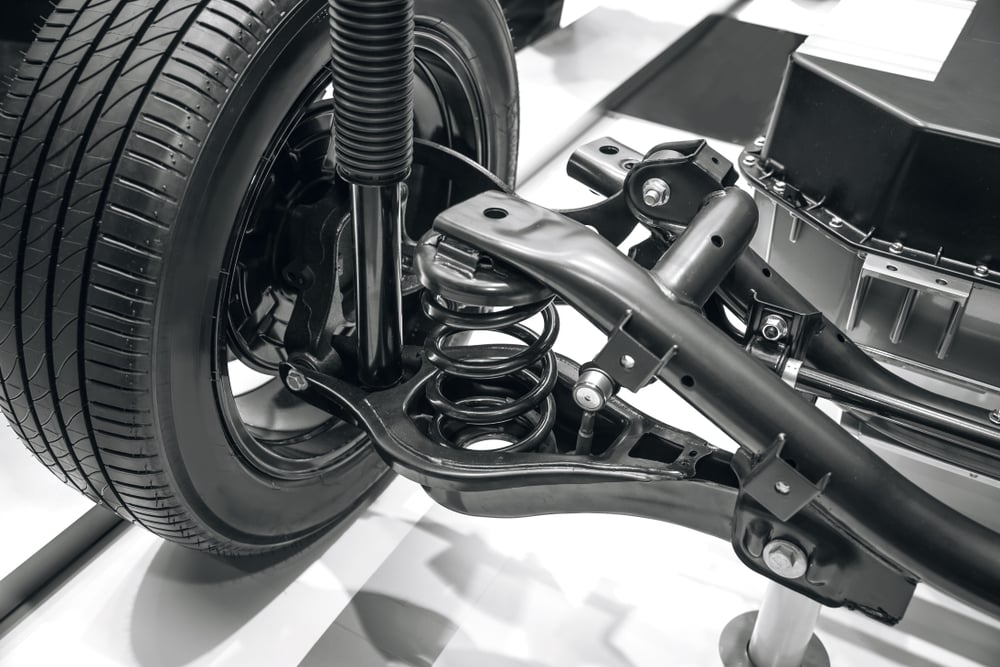
Expensive cars are usually known for their plush ride quality, or the ability to filter out imperfections in the driving surface, thereby allowing the passengers to travel in ultimate comfort.
Ride quality is a function of underlying engineering, such as suspension design, weight distribution and wheel size. Most budget cars are fitted with a suspension that is designed to perform adequately in most circumstances.
More expensive cars will generally have great weight distribution, with more rugged and even adjustable suspension to change the driving dynamics based on user preference. Most high-end cars will skip the traditional spring and damper setup for pneumatic suspension. While this is complicated to install, it is considered to be the “industry best” in isolating the passengers from road undulations.
2. Handling
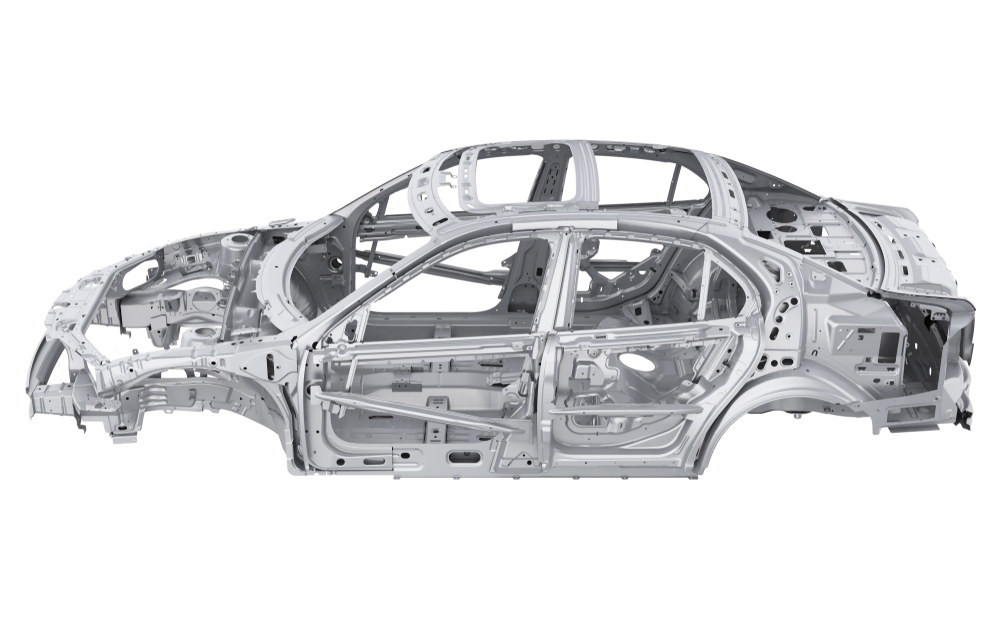
Handling is the ease with which a vehicle must undergo quick or successive changes in directions without upsetting the driver. Handling depends on the chassis design and suspension design. Usually, handling is inversely proportional to ride quality, as great handling vehicles require a stiffer suspension.
However, most modern cars are sprung progressively. This enables them to offer great ride quality without compromising a lot on handling. Expensive cars have a stiffer monocoque chassis, which involves superior engineering and construction techniques, as compared to cheaper cars.
The presence of bigger and wider wheels improves grip and consequently handling. Since ride quality gets compromised by improving handling, it is important to have a great suspension, which will lend the car great handling without compromising on ride quality.
3. Performance

Performance refers to the ability of the vehicle to accelerate and decelerate on demand, and is thus dependent on the engine and the brakes. Modern technology allows for powerful engines without considerably increasing their displacement. Expensive cars are equipped with powerful engines and bigger brakes that improve performance. Cheaper cars have smaller engines with small brakes, as they are tuned for giving better fuel efficiency.
4. Creature Comfort And Convenience
Needless to say, an expensive car is differentiated from its cheaper counterparts by the facilities available in the cabin. These include heated and cooled seats, multi-color ambient lighting, premium audio-visual systems, mini refrigerators and even massage functions to enhance passenger comfort.
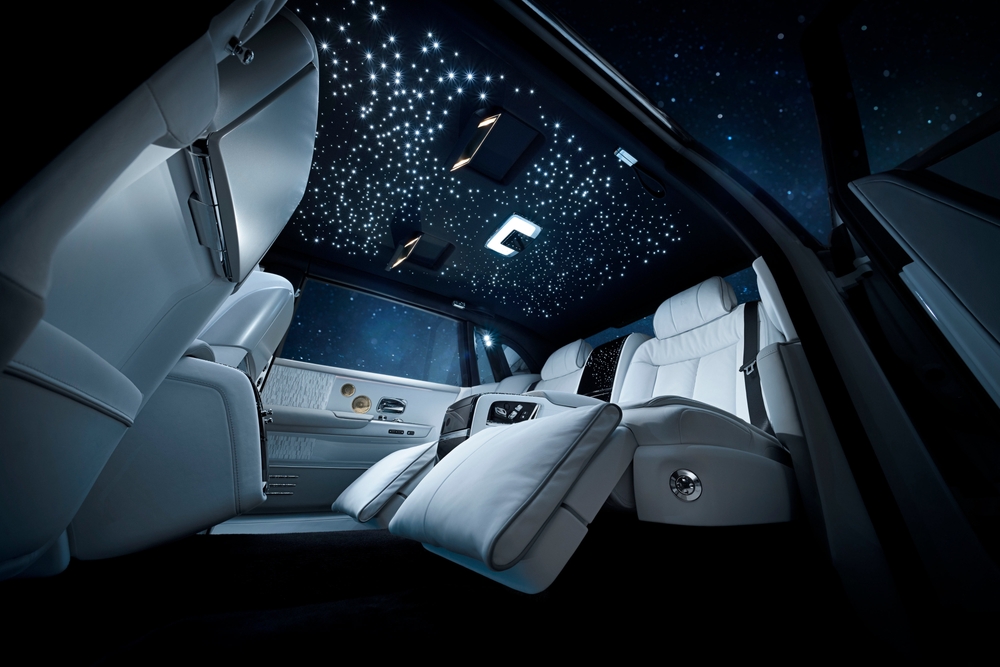
5. Quality Of Components
Overall, the quality of components used in building an expensive car, down to the thickness of the sheet metal, is better than the components used in budget cars. The use of high-quality materials also reduces the NVH (noise, vibration and harshness) levels, reducing occupant fatigue.
6. Safety
Theoretically, safety is non-negotiable and even the most inexpensive car must fare as well as the expensive car. However, adding safety features comes at a cost, and manufacturers look for ways to economize on cheaper cars.
However, more expensive cars have a plethora of both active and passive safety features to minimize the risk or aftermath of accident. These include driver assist features, such as lane change assistance, variable levels of traction control, driver attention monitoring, automated cruise control, autonomous driving features, robust crash zones and multiple air bags, amongst many other types of equipment.
Trade-offs
While the upside of owning an expensive car is now known to us, there are some downsides too! Apart from the costs incurred in purchasing the car, maintenance costs are generally high. These include the cost of spare parts, consumables and service costs. At the same time, they do not return good fuel economy in comparison with their cheaper counterparts, causing increased running costs.
Does This Mean All Cheap Cars Are ‘Cheap’?
Absolutely not!
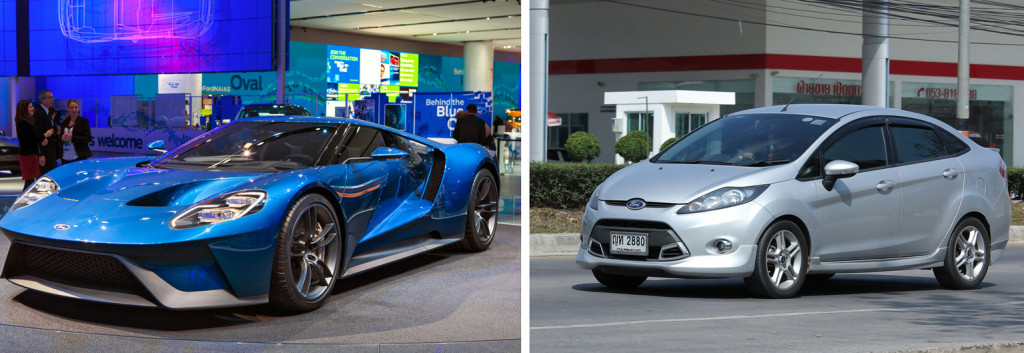
The revenue sources for most manufacturers are not their top of the line, uber-luxe or racetrack machines, but rather those that are sold to economical strata of the society. This is achieved by optimizing costs on most fronts while maximizing a few factors that impart the car its character.
At the same time, car companies operate in a highly competitive market where user perception of value for money changes very frequently. This means that car companies must constantly innovate, and bring the ‘expensive’ features to budget cars to improve their appeal. This is how new technology finds its way to the less expensive cars over time.
So, the next time you see an expensive car, don’t let envy pang you. While they may enjoy better ride quality, your car is easier on the wallet!

